manna moment- balanceIsaiah 40:31-"But those who wait on the LORD shall renew their strength, they shall mount up with wings like eagles, they shall run and not be weary, they shall walk and not faint" We've all found ourselves at one point in time trying to walk along a narrow path, balancing our weight between our extended arms and the next step forward. In the same way, achieving flight is a balancing act where low air pressure and high air pressure work together to achieve lift. In order to soar like an eagle, there must be fast moving air above the wings to lower the air pressure in order for the slower moving air under the wings to exert a higher pressure push up to lift the wings. All the tasks mentioned in the verse-renewed strength, flying, running, walking- are the outcome of waiting on the LORD first. We won't always have to wait but we must always trust Him and His timing. We must be diligent to allow the LORD to renew our strength so that we can fly, run, and walk for His Glory and His Kingdom. bernoulli's principleIn 1738, Daniel Bernoulli discovered an inverse relationship between pressure and velocity. He described this observable pattern in what today we call Bernoulli's principle. Bernoulli's Principle describes this inverse relationship this way: "As the velocity of a fluid increases, the pressure exerted by that fluid decreases." This discovery had an impact on flight because it treated air as a fluid that had the same predictable pattern. With respect to flight, the Bernoulli Principle translates to "As the speed of air increases, the pressure given by the air decreases" AirfoilsLast week, we talked about how Sir George Cayley discovered the four forces that govern flight. He published evidence that proved that ornithopters would never be able to fly because they were too heavy and had too much drag. Once this publication was out there, there weren't any more people trying to make the ornithopters work thus Wilbur and Orville decided to investigate how to make a fixed wing work. The next step was to figure out what shape to make the fixed wings. The shape of a wing is called an 'airfoil'. There are several factors to an airfoil that contribute to its success or failure. They are: its length, width and angle of attack. The Wright brothers had to tinker with airfoils for a good amount of time before they found the right shape. The successful airfoil had a curved top of the wing and the wing itself was thin. Their design would continue through both World Wars and Wilbur ended up publishing their findings in an article called "Angle of Incidence" in the Aeronautical Journal during 1901. Bernoulli's Principle in actionWe tested Bernoulli's Principle during class using a ping pong ball and a hair dryer. When we turned on the hair dryer, we placed the ping pong ball on top of the hair dryer to see what would happen. After we finished with the ping pong ball and the hair dryer, we then tried it with a beach ball and a leaf blower to see if it would act the same. Finally, I placed a roll of toilet paper on a broomstick and used the leaf blower to blow the toilet paper. Because the air was traveling faster, increased velocity, it created lower air pressure allowing the ping pong ball, beach ball, and toilet paper to experience lift. Lessons 1-6 vocabulary bingoIn the student guidebook, there is a page where the students can write in their vocabulary words on a Bingo sheet in order to play during class. We played Bingo and reviewed our vocabulary all at the same time
0 Comments
Leave a Reply. |
LEAD LEARNERWelcome! My name is Nicole Fleming and I have been leading science learning in the Bryan/College Station homeschool community for over 10 years. Archives
November 2022
Categories |
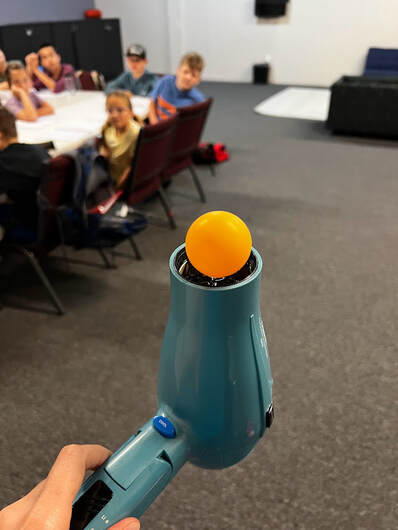
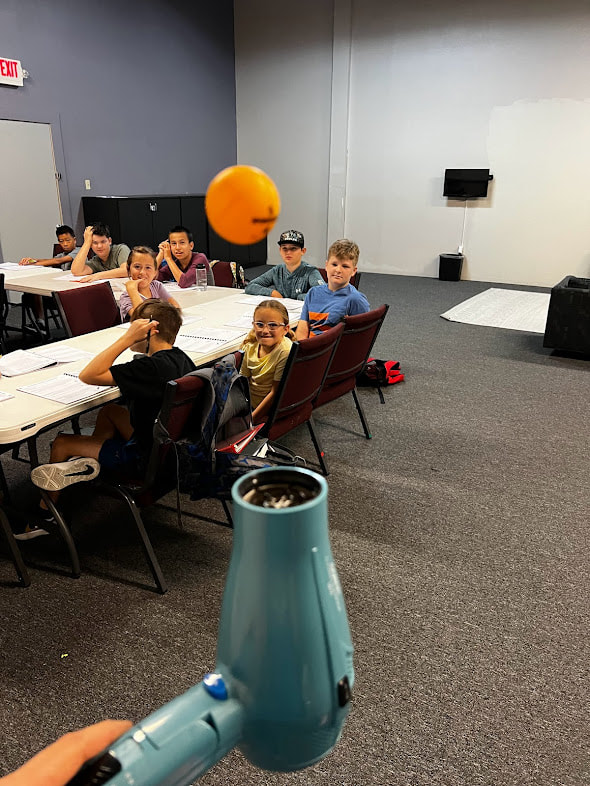
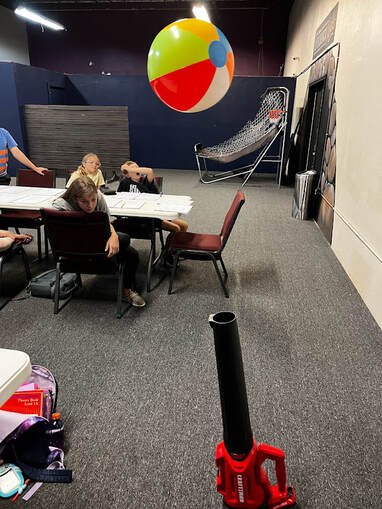
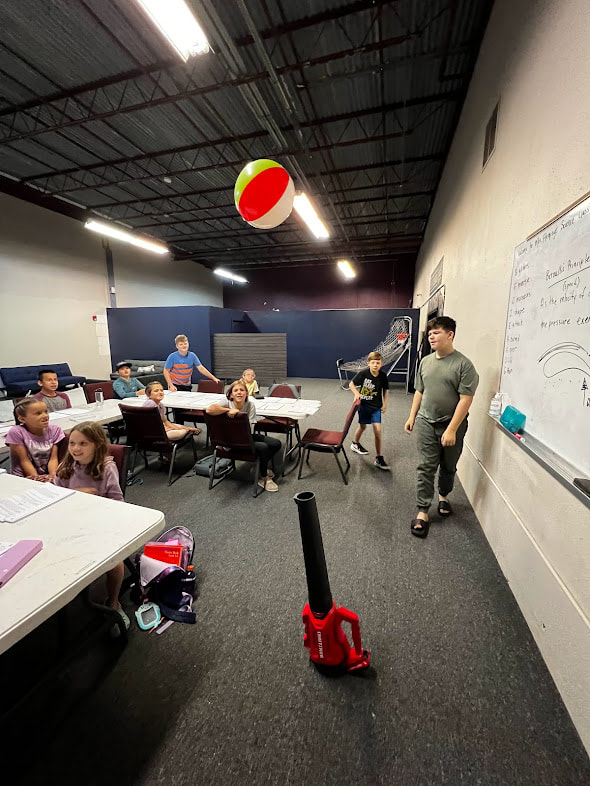
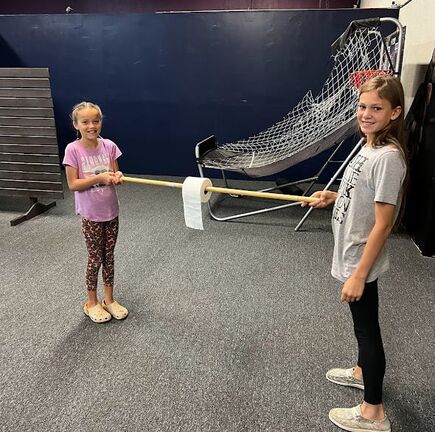
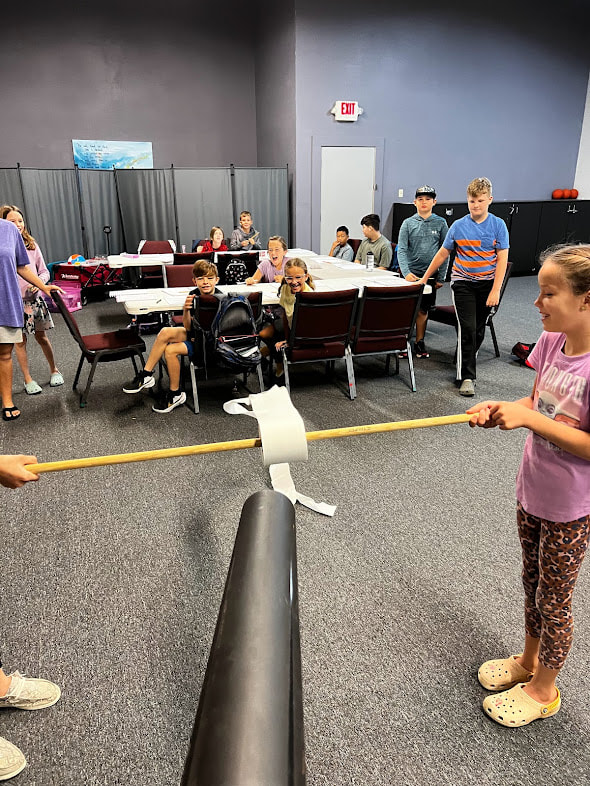
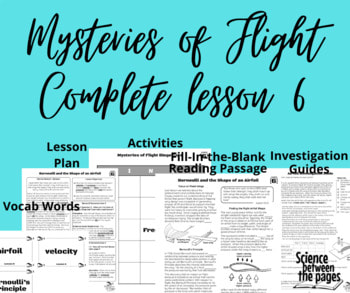
 RSS Feed
RSS Feed